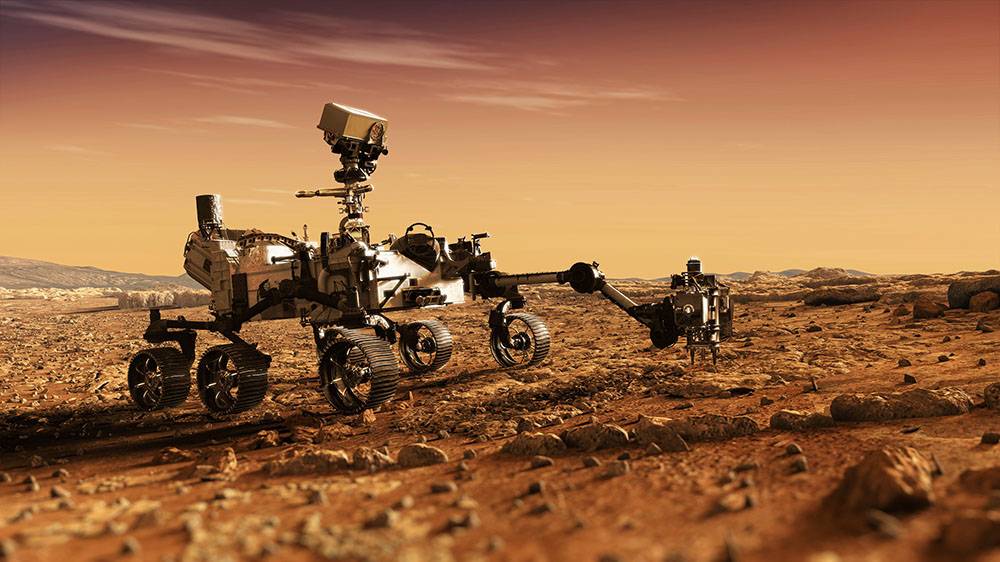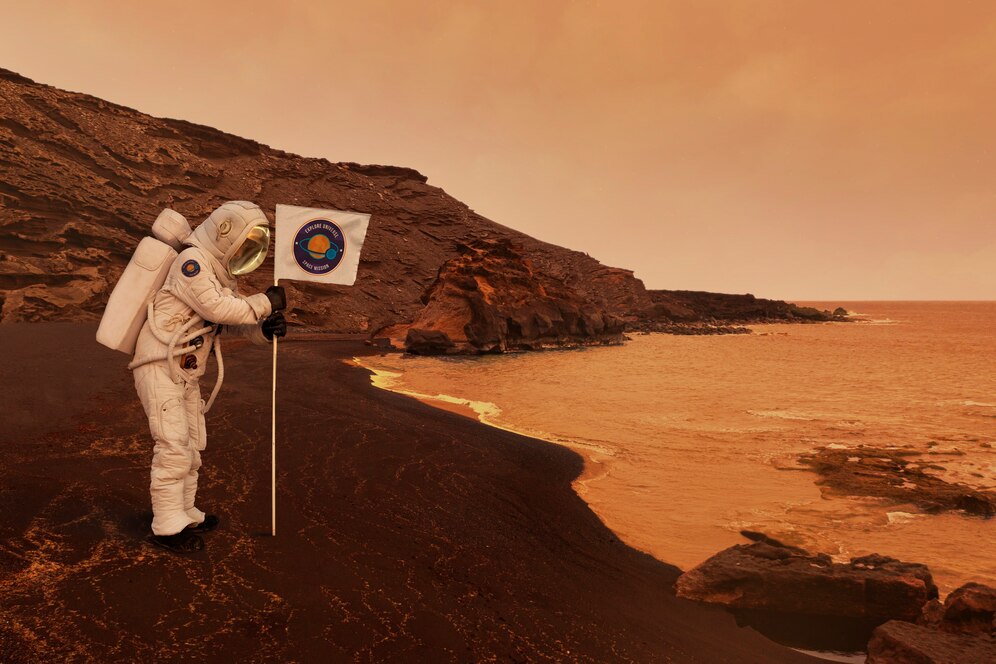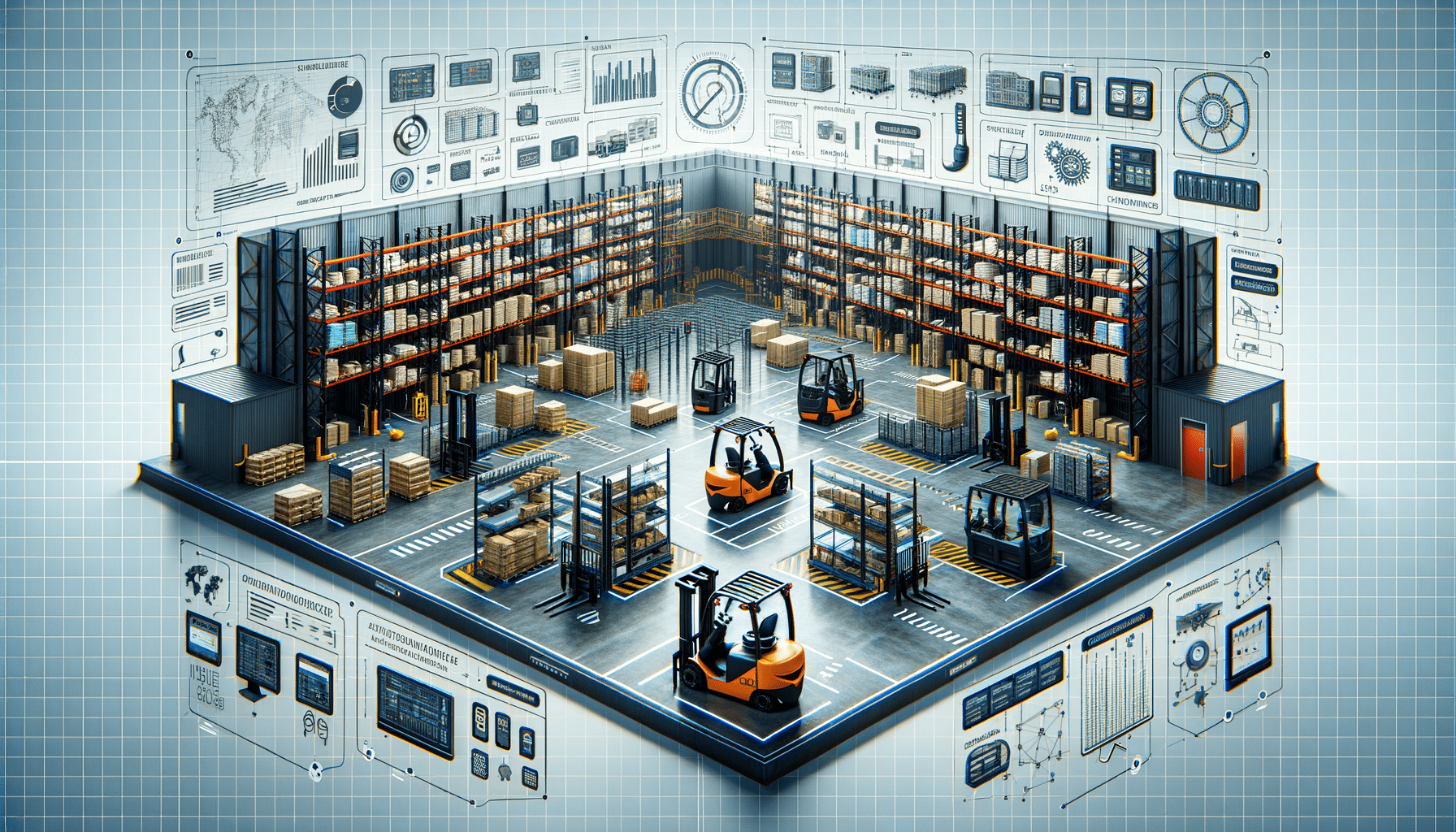
The Technology Behind NASA’s Mars Missions
Today, many of us are fascinated by NASA’s missions to Mars. The red planet’s enigmatic landscapes and vestiges of life pose a challenge to humanity. This technology will help ensure future optimisation of these missions for space aficionados and anyone wondering how we plan to explore other planets. In this blog post, we take a look at the cutting-edge technology that enables NASA to conquer Mars and highlight the best technologies remaining from our time and how they can be applied in the future.
NASA’s Mars missions showcase human ingenuity and the quest for knowledge. Will this mission break new ground, as so many of those before it did, beginning with the Viking 1 landing in 1976 and continuing with the Perseverance rover? The technology that enables such missions, though, is often complex. This blog is here to break that technology down into manageable bits and unpack the innovations that steer these missions into reality.
Key Benefits / Why It Matters

The Importance of Mars Exploration
Exploring Mars is not only about curiosity; it also has significant scientific and technological impacts. By understanding NASA’s Mars mission technology, we can appreciate the challenges of exploring another planet and the benefits it offers.
- Scientific Discovery: Mars exploration yields crucial data about the planet’s geology, climate, and signs of past life. This information helps us understand our solar system and our place within it.
- Technological Advancements: The challenges of Mars exploration drive innovation in robotics, AI, and materials science. These technologies often benefit industries on Earth.
- Future Colonization: As we consider Mars for potential colonisation, grasping the tech behind these missions is key. It informs the design of life-support systems, habitats, and resource use.
- Inspiration and Education: NASA’s Mars missions inspire future generations to pursue careers in science, technology, engineering, and mathematics (STEM). They also create educational opportunities, sparking global interest in space exploration.
Real-Life Applications and Data-Backed Insights
The tech developed for NASA’s Mars missions has wide-ranging applications. For example, autonomous navigation systems used by rovers have influenced self-driving car technology. Also, advancements in deep-space communication have improved global networks.
Data from Mars missions offers insights into climate change. Studying Mars’s atmosphere and geological history helps scientists understand Earth’s climate dynamics, which is vital for tackling current environmental issues.
Step-by-Step Guide / Actionable Insights

The Technology Behind NASA’s Mars Missions
Understanding NASA’s Mars mission technology involves key areas like spacecraft design, propulsion systems, landing techniques, and rover tech.
Spacecraft Design
Designing a spacecraft for Mars involves balancing weight, durability, and functionality. Engineers must consider the harsh conditions of space and Mars, ensure spacecraft can handle extreme temperatures, radiation, and dust storms.
- Materials: Spacecraft are built using lightweight composites and heat-resistant alloys. These materials protect sensitive instruments and maintain structural integrity.
- Power Systems: Solar panels and radioisotope thermoelectric generators (RTGs) provide power. Solar panels work well for missions near the sun, while RTGs are better for Mars due to their power generation in low light.
Propulsion Systems
Propulsion systems are vital for launching and navigating spacecraft. NASA’s Mars missions use a mix of chemical rockets and ion propulsion systems.
- Chemical Rockets: These rockets provide the initial thrust to escape Earth’s gravity. They are reliable and can carry large payloads.
- Ion Propulsion: Once in space, ion propulsion systems offer efficient, continuous thrust. This enables long-distance travel with minimal fuel use, essential for missions to distant planets like Mars.
Landing Techniques
Landing on Mars is among the most challenging mission aspects. Mars’s thin atmosphere and rocky terrain require precise landing methods to ensure safety.
- Entry, Descent, and Landing (EDL) Systems: NASA uses parachutes, retro-rockets, and airbags to slow down and land spacecraft safely. The EDL sequence is carefully planned to minimise risks.
- Sky Crane Maneuver: This landing technique, first used during the Curiosity rover mission, involves lowering the rover using a crane-like structure for a gentle landing.
Rover Technology
Rovers are essential for Mars exploration, equipped with various scientific tools to study the planet’s surface.
- Mobility Systems: Rovers feature robust wheels and suspension to navigate Mars’s tough terrain, including rocks, sand, and slopes.
- Scientific Instruments: Rovers carry tools for analysing soil, rocks, and the atmosphere. These include cameras, spectrometers, and drills, which provide detailed data about Mars’s geology and climate.
- Autonomous Navigation: Advanced software allows rovers to navigate independently, avoiding obstacles and choosing optimal paths. This autonomy is crucial for scientific missions without direct human control.
Advanced Insights / Expert Recommendations

The Future of Planetary Exploration
The future of planetary exploration looks bright, with technology advancements paving the way for more ambitious missions. Here are expert recommendations for NASA’s Mars exploration:
- In-Situ Resource Utilization (ISRU): Developing technologies to use Mars’s resources, like extracting water and producing oxygen, is vital for long-term missions and colonisation.
- Enhanced Robotics and AI: Continued advancements in robotics and AI will boost rover capabilities, enabling complex scientific investigations and autonomous decisions.
- Human-Mars Missions: Preparing for human missions to Mars involves addressing challenges like radiation protection and life support systems. These missions will benefit from lessons learned from robotic explorations.
- International Collaboration: Future Mars missions will gain from more international cooperation, sharing resources and expertise to achieve common goals. This can speed up technological advancements and lower costs.
One of the Finest Examples of Human Excellence: NASA’s Mars Mission
NASA’s Mars missions are some of the finest examples of human excellence in space exploration. These missions are testament to our creativity and desire to explore the unknown, and the technology that powers them. The lessons learned from these missions will blanket our approach as we reach for the future, including Mars and beyond.
Advancements in technology propel the future of exploration beyond limits. This leap will be a remarkable feat of engineering, and by seeing how NASA will accomplish it we can appreciate the intricacies of the process along with the potential gain for society.
To make the whole idea work, however, we need to be able to attain sustainability, collaboration and innovation while we continue exploring Mars. These principles are essential in ensuring that our efforts will leave the world a better place for future generations.
What’s the next big thing in Mars exploration in your opinion? Join the conversation with your fellow explorers about the future of space exploration!


